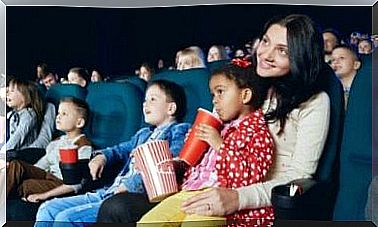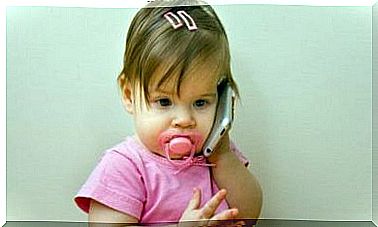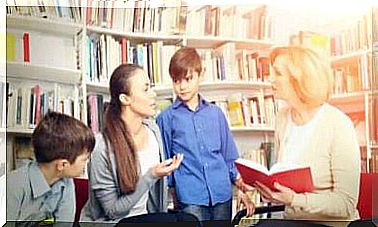Different Methods For Learning Reading Skills
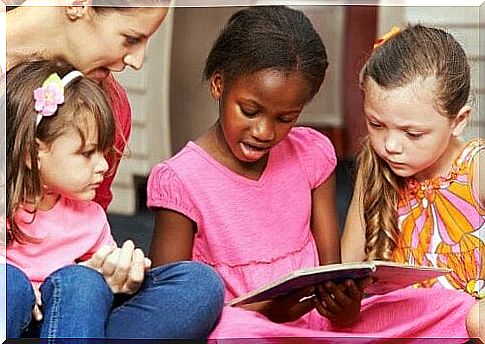
During education, children generally learn how to read and write when they are between 4 and 7 years old. However, it is important to know that there are different methods of learning reading skills. Today, we will review the primary methods.
Reading and writing are the same process, and learning them both happens at the same time. This is why there is a single term to describe the process of learning both skills.
Learning to read and write is a fundamental learning period. This is because it gives children the tools to understand other areas as they learn how to read and write.
There are many theories around the best methods for learning reading skills. Below, we will discuss the most popular methods.
The different methods of learning reading skills
The alphabetical method
Teachers have been using this method to learn reading skills since ancient times. This method involves following the alphabet. In other words, children must study each letter of the alphabet in order, learning their names and pronunciations. At the same time, they learn to write each letter.
With each letter children learn, they also learn simple combinations between consonants and vowels. By doing this, they create syllables – for example, l + a = la. They start with syllables of two letters, and then they come to create longer syllables and then words.
When children learn to shape words, they learn how to create whole sentences. In the alphabetical method of learning reading skills, reading starts out mechanically.
Once children have incorporated the skill, they move on to more expressive reading, with punctuation. Next, they can, finally, move on to extensive reading.
The syllabic method
This procedure for learning reading skills starts with learning vowels – a, e, i, o, u, y, æ, ø and å. Next, children move on to learning consonants. They start with the ones that are easiest to pronounce.
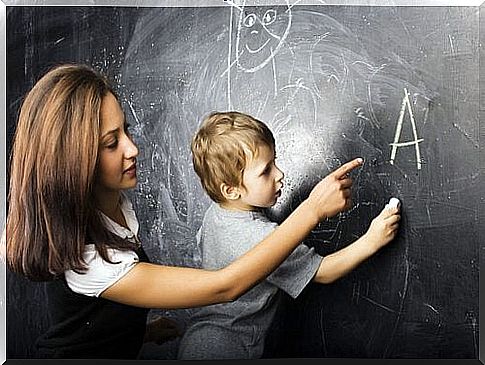
Next, the students move on to shaping syllables. They use each consonant with each of the vowels. For example: ma, me, mi, mo, mu, my, mæ, mø, må. Finally, they come to form more complex syllables, words, and phrases.
The phonetic method of learning reading skills
This method of learning reading skills uses, primarily, phonetic material. Here, the teachers first teach the children the vocals via their sounds. They make use of shapes and images with objects starting with each of these letters. In parallel with reading, children learn to write each vowel.
Next, the teachers explain each consonant with their sound. They make use of images of objects or animals that start with each consonant. Children learn to combine each consonant with the eight vowels. They form simple syllables, such as pa, pe, pi, po, pu, py, pe, pø, on.
Next, the teachers use the syllables that the children are now familiar with to form simple words and phrases that include only those words. Finally, the teachers learn inverted, mixed and complex syllables, diphthong and triftong. Once these syllables have been integrated into learning, they are then used to form words and phrases.
The global method
There are other, less traditional methods of learning reading skills based on global learning. Its creators, however, say that this global or analytical method is only effective within a framework that is completely concrete and intuitive.
This method involves accessing reading skills in the same way that children learn to speak. From the beginning, educators present different entities with an integral meaning.
Through visual memory, children learn to recognize phrases and, within those phrases, words. They are going to make associations and identify elements that are similar in different words and, in this way, they learn to recognize letters.
In this approach, the written words are a simple, graphical representation of an image that children have in their minds.
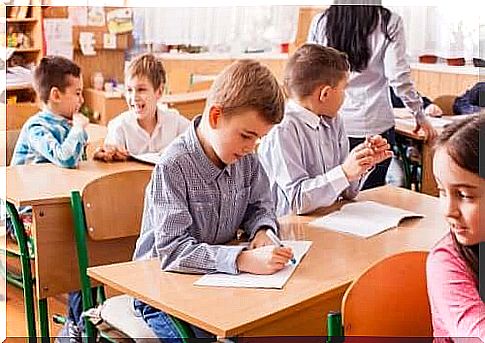
The duration of the process of learning reading skills with this method can vary greatly. It will depend on the degree of maturity of each child, his or her type of intelligence and ability to place himself or herself in time and place, as well as other factors.
At the same time, this method involves reading and writing three very distinct stages. These stages are: understanding, concretization and, finally, production.
In the final stage, children are fully capable of understanding what they are reading. They can explain it and answer questions about the content. They can also write short sentences, descriptions and compositions.
Children who learn to read and write with the global method become fast and fluent readers. This is, presumably, because of the rapid understanding of what they are reading and writing.
In conclusion, the different methods of learning reading skills help to promote our children’s learning in the classroom. However, they are also very effective at home.
Therefore, set aside some time to help your children achieve their maximum linguistic skills.

